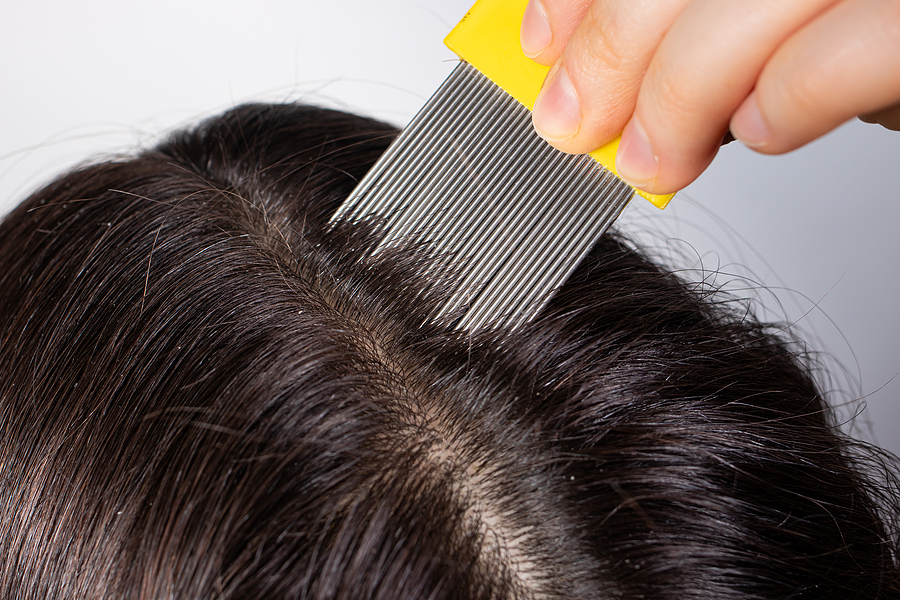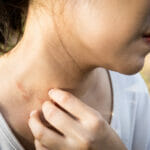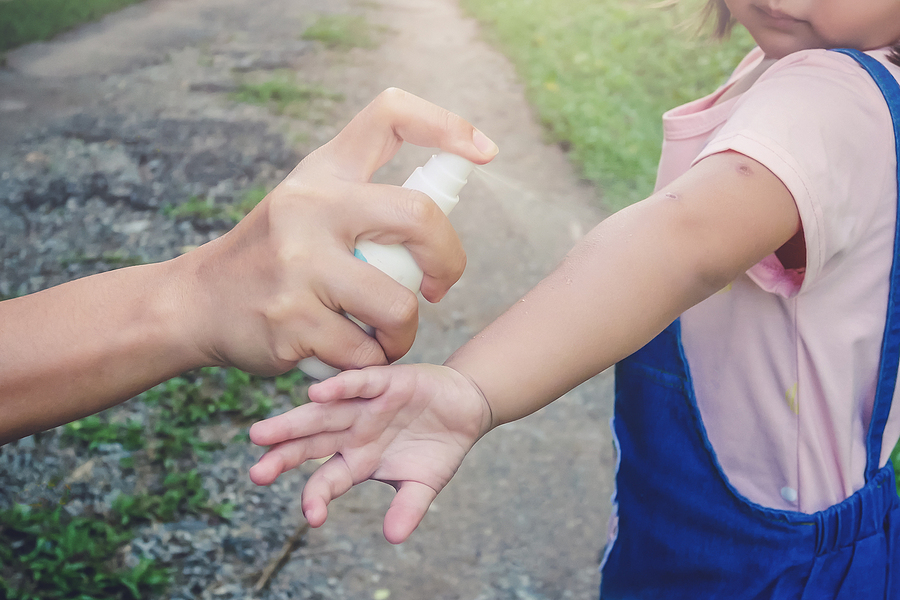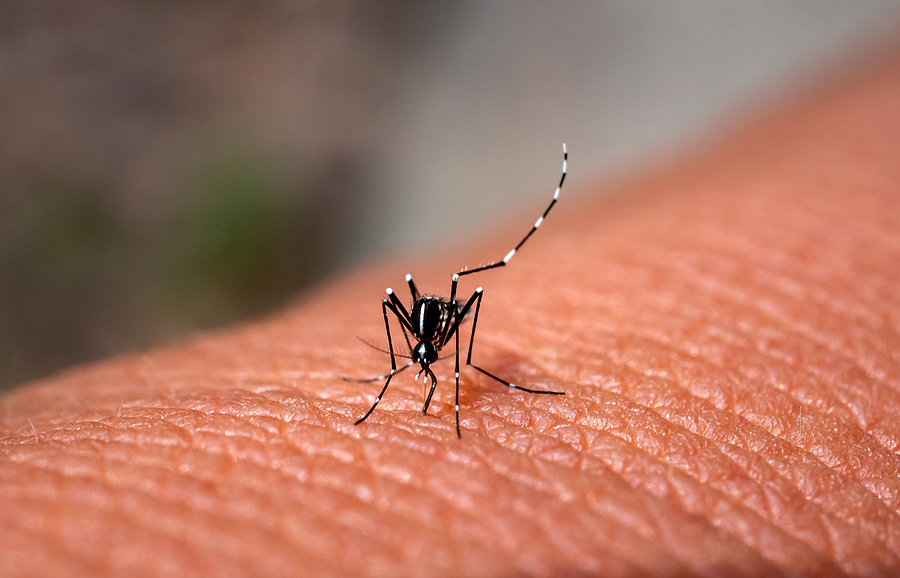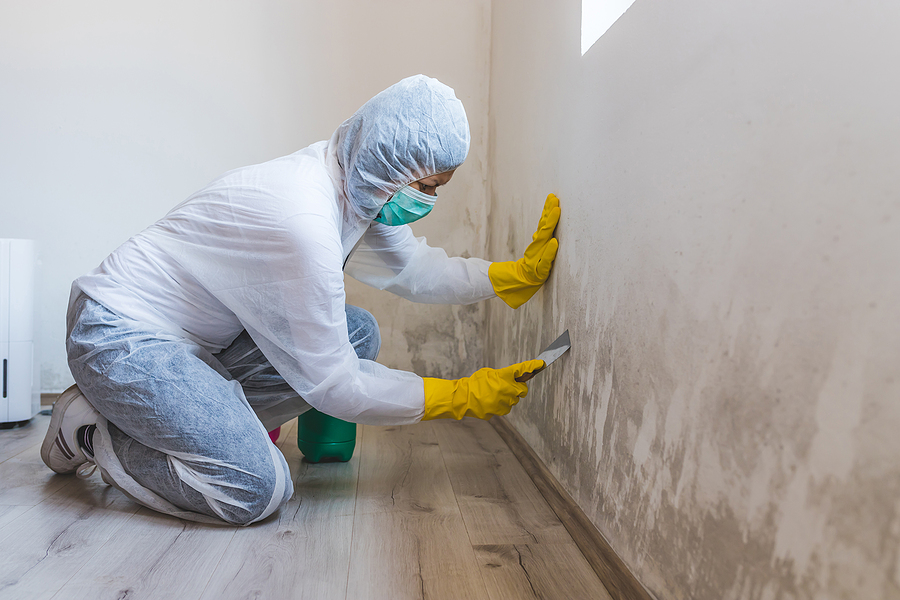Signs that you’ve head lice
Lice in huge number can be spread via contact with the infected person. Here are couple of symptoms to check about lice infestation.
Common symptoms include:
- Itchy scalp
If your scalp feels extremely itchy, you either haven’t washed it in a while or you have lice on your hair. Intense itching on your scalp, hair, body, or genitals could be a symptom of lice infestation.
- Feeling like something is running on your head
If you keeping getting a ticklish feeling on your head, like a small insect roaming around on your scalp, you know who to blame it on.
- Sores and scabs because of itching
Intense scratching or itching can cause small bumps on the area and could lead to bacterial infection
- An adult louse is about the size of sesame seeds or larger. If you get the crawling feeling on your hair, body, clothing, pubic area, or body hair, you’ve likely another being giving you company.
- Lice eggs or nits on your hair follicles or the lengths of your hair. Nits are difficult to spot because they are tiny. They can often be mistaken for dandruff. But unlike dandruff, nits cannot be easily brushed off. These are commonly spotted around the ears and nape of the neck.
- If you see bite marks around your waist, groin, upper thighs, and pubic area, then consider looking for lice.
Now, that we understand the signs of lice infestation. Let us understand what causes them and the preventive measure you can take.
Cause of lice infestation:
Lice feed on human blood and infest the body, head, or pubic area. The female lice produce a sticky substance that sticks the eggs firmly to the root of your hair. The egg takes about 6 to 9 days to hatch. Lice can’t fly or jump. One can get lice by coming in contact with the lice or the eggs. Here are some causes of lice infestation:
- Contact with an infected body or head: If any of your family members have fallen prey to lice infestation, you’ll likely be next. Lice are transported via contact as they can’t fly or jump.
- Storing infested clothes, blankets, or clothing items can lead to more production of lice. Toys, personal items, hooks, or anything stuffed near each other can lead to lice infestation and the subsequent spread of the lice.
- Shared items can not only act as a mediator but also the reason for lice. Items such as towels, soaps, bedspreads, brushes, comb, hair decorations, pillows, or stuffed toys can probably act as mediators for lice.
- If you are lying on a bed possibly infected with lice chances are you’ll probably end up housing these pesky little creatures on your body and hair. Lice can live for one to two days off a body. Sharing bed, towels, comb, pillows with the infected person can lead to lice infestation.
- Pubic lice are transferred because of sexual contact. Public lice are usually found in adults. If your child has pubic lice chances are they’re exposed to sexual abuse or exposure.
As it is rightly said, “Prevention is better than cure”, one must always be cautious and aware. Read on to find some preventions that you can take to avoid lice infestation.
Prevention of lice infestation:
It is difficult to prevent young children from getting infected form lice. They have little or no understanding. However, you can make them understand and ask them to keep their head away from other students to avoid getting infected. Head lice are not a mark of good parenting. You cannot always look out for your kind when sent to school care.
Studies show that essential oils are effective in treating lice. While these are considered ‘natural remedies’ it is hard to find concrete evidence for the same. Until there are concrete pieces of evidence confirming the fact that essential oils are effective, the only way you can treat them is by extracting the eggs and lice.
Here are some precautions you can take to stay away from lice.
- Avoid head to head or body to body contact: Lice transfer from an infected to the other person via contact. By avoiding contact with the infected person, you can steer clear of being infected. You can also ask your kids to keep their heads away from other children to be on a safer side.
- Say no to sharing: Sharing is caring, but in this case, sharing can lead to infecting the other person with lice. Avoid sharing personal items such as towels, hair accessories, comb, pillows, bathrobes with another person. If you’re someone infected with lice, ensure people around you do not use the same stuff as yours until you are clear from the infestation.
- Shared places: While going out keep the extra material you’re caring for with yourself or in the vehicle. Shared places are juicy spots for lice to feed on. This is not mandatory, but to be on a safer side try to avoid shared spaces.
Lice are minuscule beetles that feed on human blood. They can spread effectively through contact with the contaminated individual. Lice invasion can be irksome and bothering. Your head is consistently bothersome and you can’t focus on your work effectively. Lice are major of three sorts:
- Head Lice: Head lice are by and large found on your scalp. The simplest method to get hold of them is to check out your neck and your ears.
- Body Lice: These live on your bodies or your bedding. Generally found in the event that you don’t wash as expected and live-in messy premises.
- Pubic Lice: These are additionally regularly called crabs. One can discover them around the skin and hair around the pubic region and less as often as possible, on regions of coarse hair.
Lice invasion can in any case happen regardless of whether we keep up legitimate tidiness. Except if treated, these parasites continue to repeat and bother. You can contact a specialist in the event of extreme lice or utilize home cures.
Here’s a detailed guide on signs you have lice, causes, and the prevention you can take.
Image Source: BigStockPhoto.com (Licensed)
Related Categories: Health, Reviews



